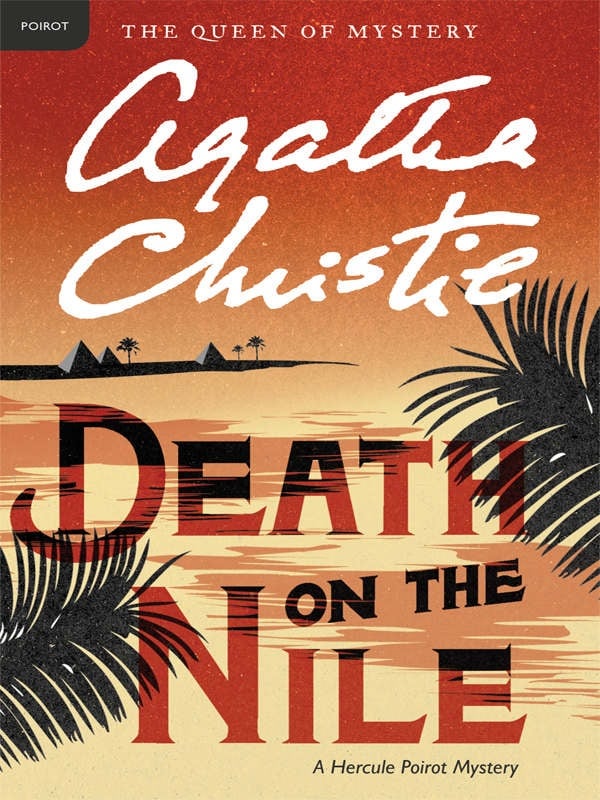
She judged it best not to write about people she actually knew, preferring to observe strangers in railroad stations and restaurants, perhaps catching a fragment of their conversation. Christie herself gives a simple explanation. One might also attribute her caricatures to her great admiration for Charles Dickens, who also indulged in caricatures, especially with his minor characters. Her weakness, critics claim, is in her barely two-dimensional characters and in their lack of psychological depth.Ĭhristie created, as Grant puts it, a great many interesting “caricatures of people we have met.” Grant excuses her on the grounds that allowing every character to be a possible suspect limits the degree to which they can be psychologically explored. He may, by his words, satirize classical detection, but he is also satirizing himself, as Christie well knew.Ĭhristie’s own contributions to the genre can be classified mainly as the following: a peaceful, usually upper-class setting into which violence intrudes satire of her own heroes, craft, and genre a grand finale in which all characters involved gather for the dramatic revelation of truth the careful access to all clues increased emphasis on the “who” and the “why” with less interest in the “how” heavy use of dialogue and lightning-quick description, which create a fast-paced, easy read a consistent moral framework for the action and the willingness to allow absolutely any character to be guilty, a precedent-setting break with the tradition. Poirot would rather think from his armchair than rush about, magnifying glass in hand, searching for clues.

The classical detective hero, for example, from Edgar Allan Poe on, according to Ellsworth Grant, is of “superior intellect,” is “fiercely independent,” and has “amusing idiosyncrasies.” Christie’s Hercule Poirot was crafted by these ground rules and reflects them in The Mysterious Affair at Styles but quickly begins to deplore this Sherlock Holmes type of detecting. The tradition had some stable characteristics, but she added many more and perfected existing ones. Agatha Christie’s (15 September 1890 – 12 January 1976) trademarks in detective fiction brought to maturity the classical tradition of the genre, which was in its adolescence when she began to write.


 0 kommentar(er)
0 kommentar(er)
